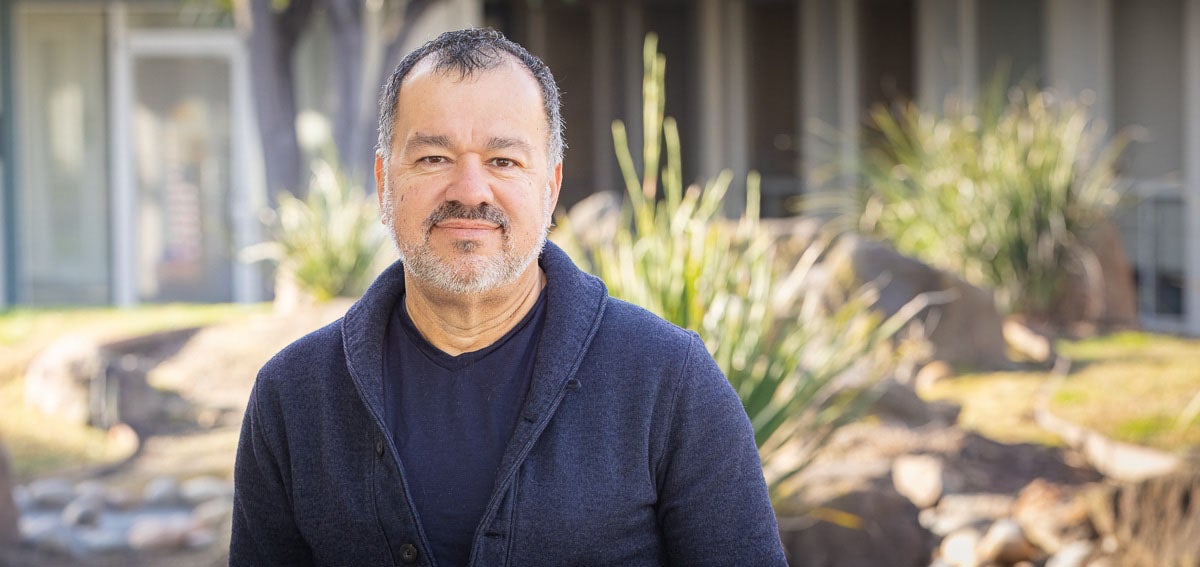View the Report
Jump to All Downloads & LinksAcross the country, emergency department visits involving substance use disorders increased dramatically — more than 50% — from 2006 through 2013. California’s rate of opioid-related emergency department use more than doubled from 2008 through 2016.
The emergency department (ED) is an ideal setting to begin medication-assisted treatment, which is highly effective for opioid use disorder (OUD). First, patients with OUD commonly go to the ED, seeking more opioids to maintain their addiction, help in managing withdrawal symptoms, or as a result of an overdose. The visit can be an opportunity to bring a patient into treatment at a high-risk, high-motivation moment. Second, evidence suggests that buprenorphine — a medication common in the treatment of OUD — is safe to use in the ED, does not promote drug seeking, and doubles the chance that a patient will be in treatment after 30 days. ED-based clinicians can also administer buprenorphine without a federal waiver or additional training, as long as medication administration is limited to no more than 72 hours and is used to relieve acute withdrawal symptoms. Finally, treating a patient’s underlying OUD, rather than simply managing symptoms associated with withdrawal, may be more efficient and effective.
This paper, How to Pay for It: MAT in the ED, provides responses to frequently asked questions about providing medication-assisted treatment (MAT) in EDs, focusing on funding and reimbursement options.
Explore the full How to Pay for It series.




